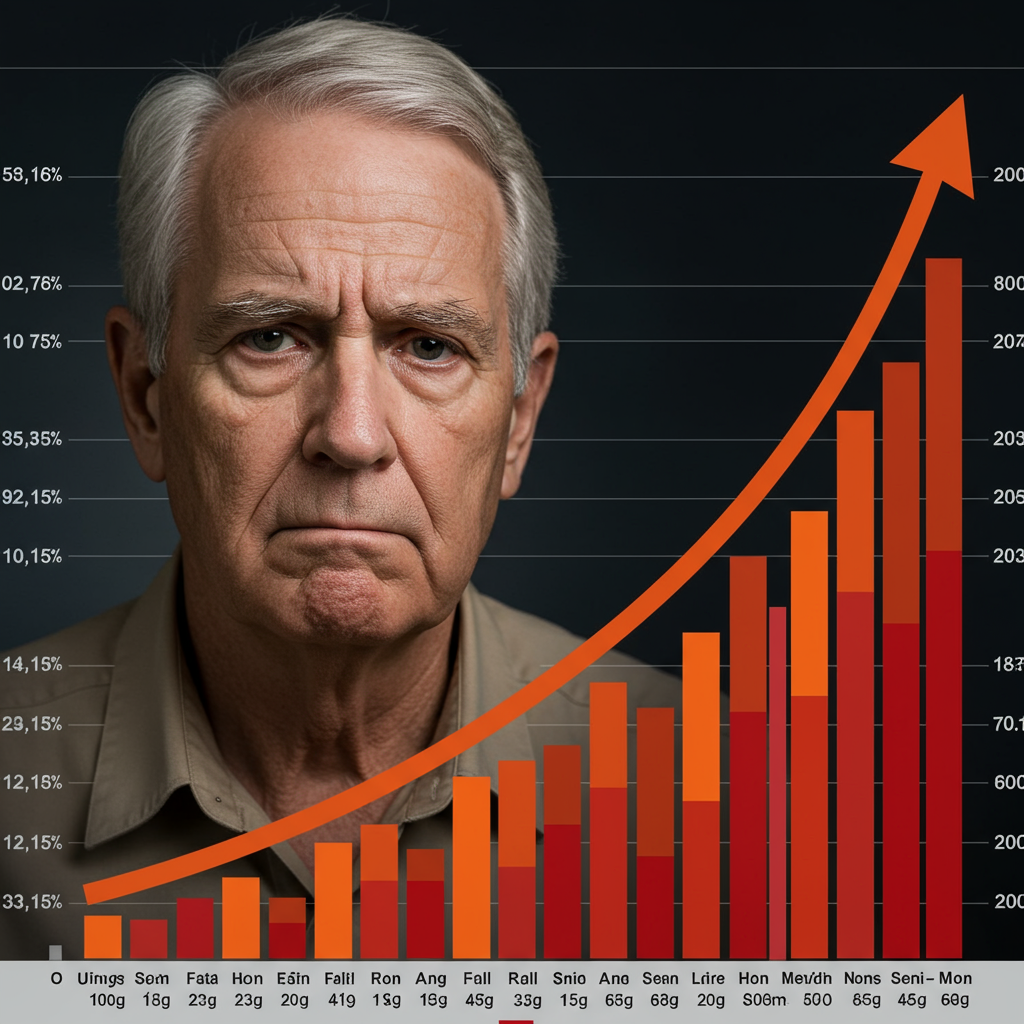Recent US strikes targeting Iranian nuclear facilities, most notably the heavily fortified Fordo site deep within a mountain, have sparked intense debate and conflicting assessments regarding their effectiveness. While some officials claim significant devastation, initial intelligence paints a more complex picture, highlighting the inherent challenges in determining the true impact on Iran’s nuclear ambitions.
The Fordo Bunker: A Prime Target
Since Western intelligence first revealed its existence in 2009, the Fordo facility has been considered one of the most closely monitored nuclear sites globally. Its construction inside a mountain near Qom was a clear attempt to protect it from potential aerial attacks. This hardening, featuring substantial reinforced concrete, proved a critical factor in the recent strikes.
Conflicting Assessments Emerge
Initial evaluations from within the US intelligence community provided a stark contrast to public claims of total destruction. A leaked assessment from the Defence Intelligence Agency (DIA), though labelled as having “low confidence” due to the early stage of analysis, suggested the strikes did not obliterate Iran’s core nuclear components. Instead, the report indicated a setback of months rather than years, with some reports suggesting this timeframe could range from a few months to less than a year, primarily based on the time needed to clear sealed entrances and repair infrastructure like power and water. Critically, sources familiar with the DIA assessment reportedly indicated that enriched uranium had likely been moved before the strikes and that centrifuge machines, while potentially damaged by the force, were “largely intact” in some locations.
However, this assessment was strongly contested by several high-profile figures. President Donald Trump repeatedly claimed the sites, including Fordo and Natanz, were “completely and totally obliterated,” insisting the setback was “decades” long and dismissing conflicting intelligence reports as “fake news” or “inconclusive.” Other officials, including Defense Secretary Pete Hegseth and Special Envoy Steve Witkoff, echoed claims of “obliteration” and “severe damage,” with Witkoff calling the leaking of the DIA report “treasonous.” The White House outright rejected the DIA findings, attributing the leak to a “low-level loser” attempting to discredit the mission. Even within Israel, assessments varied, with the Prime Minister’s Office initially claiming Fordo was rendered “inoperable” with damage setting back the program “by many years,” while other Israeli sources reportedly cautioned that calling the operation a success was premature and verification could take months.
Why Assessing Damage is So Difficult
Determining the precise “battle damage” at sites like Fordo is a complex and time-consuming endeavor, particularly when targeting deeply buried and hardened facilities.
Satellite Limitations: While satellite images can reveal visual evidence like holes and dust, they offer limited insight into what occurs deep underground. The absence of massive subsidence or a cave-in at Fordo suggested the robust concrete structure likely prevented bombs from reaching the main halls and machinery, even with the operational use of powerful bunker-buster munitions for the first time.
The Need for Diverse Intelligence: A clear picture requires integrating multiple intelligence streams beyond imagery. This includes:
Seismic Detectors: Analyzing underground explosions.
Radiation Sniffers: Monitoring for leaks (international inspectors reportedly haven’t detected an increase).
LIDAR Sensors: Using laser pulses for 3D mapping, potentially offering clues about internal structure.
Human Intelligence & Intercepts: Informers and intercepted communications can reveal Iranian discussions about the damage and its implications – considered vital for assessing the true impact.
Even sensitive centrifuge machines, designed to spin at extremely high speeds for uranium enrichment, could be damaged by the shockwaves of an explosion, potentially knocking them off-axis. Yet, the extent of such damage is hard to confirm remotely.
Beyond the Bombs: Reconstitution and Know-How
Crucially, the impact of the strikes is not solely measured by the physical damage to specific sites. Even if facilities like Fordo sustained serious damage and were temporarily unusable, this does not signify the end of Iran’s overall nuclear program.
Intelligence suggests Iran anticipated attacks and took measures. A fleet of lorries was seen at Fordo before the strikes, and intelligence points to the likely relocation of Iran’s stock of highly enriched uranium to another location, possibly a different mountain site known as “Pickaxe.” While some centrifuges may also have been moved, it’s unlikely the full capacity was relocated, potentially slowing future progress compared to pre-strike levels.
Furthermore, Iran retains significant nuclear “know-how and industrial capacity,” as highlighted by the head of the IAEA. Building a nuclear weapon involves stages beyond enrichment, including weaponization and delivery systems, requiring highly specialized scientific expertise. In this context, Israel’s reported targeting of scientists involved in the program early in the conflict is seen as an attempt to slow this process. Iran, for its part, has asserted its intent to continue its nuclear activities, with its parliament reportedly deciding to temporarily suspend cooperation with the IAEA.
The Information War and the Path Forward
The conflicting assessments regarding the strikes’ effectiveness highlight a significant “information war.” While initial US intelligence suggested a limited setback, key figures strongly pushed back, emphasizing total destruction. Investigations into the leak of the DIA report underscore the sensitivity and political nature of this information.
Ultimately, determining the true extent of the setback to Iran’s program remains an estimate, dependent on the full assessment of what remains functional and what was successfully relocated. Intelligence agencies face an even more intense period of monitoring in the coming months. If signs emerge that Tehran is secretly reconstituting its program or accelerating towards bomb capability, the potential for renewed conflict becomes significantly higher. The international community, including France which is conducting its own analysis, continues to seek clarity on the actual impact of the strikes.



